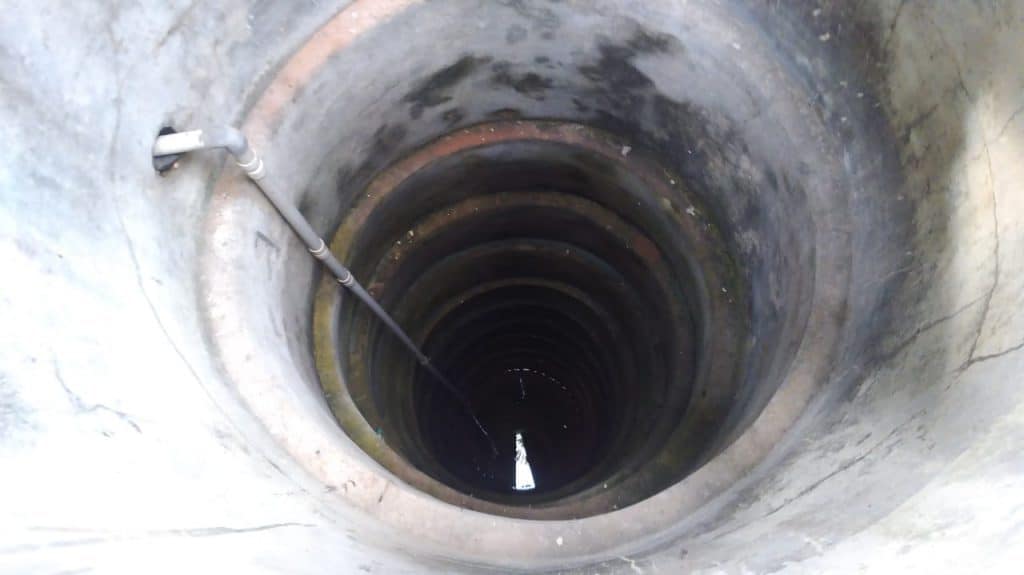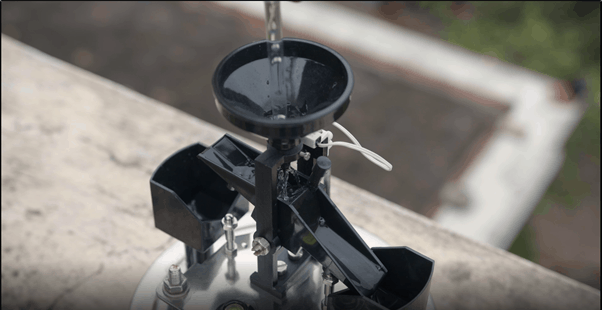Did the recent rainfall help to bring about any significant increase in the groundwater level in your neighbourhood? You can check the data online now.
In a bid to assess groundwater level across the city, so that it can take proactive measures when the table dips, the Chennai Metrowater Supply and Sewerage Board (CMWSSB) has installed 200 groundwater monitoring devices and 20 rain gauges across 15 zones of the city. Notably, Chennai is the first Indian city to have a comprehensive automatic groundwater monitoring system.
But why do we need such a system in the first place and how will it help the city?
How will the new system work?
The digital water level recorder is a device that measures the level of groundwater and its quality across the city. The device has been installed in 200 wards across the city for comprehensive data.
The device consists of a water sensor called piezometer, which is placed inside the observatory well, and measures the pressure of liquid (or gas). With the help of this, the real time data on groundwater levels can be recorded.
Similarly, the rain gauge measures temperature and rainfall. It has been installed at CMWSSB’s 15 zonal offices in Chennai. The device uses a tipping bucket mechanism that is used to measure precipitation at any given time through the electromagnetic sensor. It is one of the most commonly used rain gauges and provides reliable and accurate data.
How is it different from the existing water monitoring system in Chennai?
The State Ground & Surface Water Resources Data Centre has been monitoring groundwater levels in Tamil Nadu since 1971. In Chennai District, there were 29 observation wells and 3 piezometers; a total of 29 wells were monitored manually on a monthly basis.
The present and historical groundwater data can be accessed here.
The new system is fully automated and the data will be collected on a daily basis from 200 locations.
Read more: Where does the water in your tap come from?
How were the 200 locations selected?
The Metrowater has division offices across the city in 200 places and the device has been installed in each depot office.
How will the data be used?
The data will be used to monitor groundwater levels regularly. Should a particular area witness a deep slump in the level, the metrowater agency will increase water supply to the locality. It will also take measures to improve the water table there, by pushing for rainwater harvesting, conservation measures, etc.
Can the new system curb groundwater exploitation?
Since the new system tracks the data every day, it is expected to help identify any illegal extraction wherever it takes place. In 2018, the Madras High Court ruled that illegal extraction of water without permission is considered theft and such offence of theft should be booked under the Indian Penal Code.
Also read: Metro Water’s 10 big promises for Chennai citizens in 2020
What kind of data constraints was experienced in the past? Will the new system address the gaps?
In the old method, the data collected from observation wells and piezometers proved to be insufficient for analysis; this was because some of the wells had dried up, some had been abandoned for various reasons, and there was a lack of alternative new wells.

[*Errata: This had been wrongly captioned as a borewell in an earlier published version. The error is regretted.]
Overall, there was a lack of open wells available for monitoring purpose due to increased usage of bore wells. There was no budget to maintain these bore wells on a periodical basis, affecting quality as well as yield. Lack of manpower and transporting vehicles also posed major challenges to timely collection of data from the field.
The new system will bridge some of these gaps as it is digital and automatic. Maintenance will be taken over by Encardio Rite, the firm that supplied the meters, for five years.
Will it really help Chennai to formulate effective policy?
J Saravanan, consultant hydrogeologist in Chennai, welcomes this move as he feels that the real-time readings will help detect variations and patterns in the groundwater water level during monsoons and droughts.
Water expert Dr S Janakaraj, however, feels that the old system was better than the new system. “This device shows the reading, but does not say if it is a shallow aquifer or deeper aquifer in a few places. Considering the recent dip in the water table noted at Metrowater’s observation wells, I think it records only the shallow aquifer levels which will not reveal the true picture of the overall status of groundwater level,” Janakaraj adds.
He also states that reaching the deeper aquifer is not an easy task even when the city records heavy rainfall.
Partially in agreement with Janakaraj, Saravanan adds, “In coastal areas, the aquifer is very shallow, so the device may act as a good monitoring system. However, the device may not be beneficial in other areas.”
(with inputs from CMWSSB)
Also read:

The photograph shown in the article is an open well, but the caption says it is a bore well.
CMWSSB should clearly say whether the groundwater source where the piezometer has been installed is an open well or a bore well. Then it will become clear whether the source is the shallow aquifer or the deep aquifer.
The procedure to extract the data has not been specified.
Please share contact details of digital water meter supplier who has installed meters on recharge wells
Can we use this meter to check our colony borewell water depth, availability and quality How much this cost? Is it available for us to buy?